Abstract
The task associated to this dataset is tracking multiple drosophila larvae. Such a tracking is required in the quest to elucidate the genetic basis of Drosophila's behaviour. This dataset was used in the article "Tracking indistinguishable translucent objects over time using weakly supervised structured learning". We provide the raw data, an intermediate segmentation of the foreground and the gold standard used in the evaluation of that tracking algorithm.Data Preparation:
A sample 33 genetically different populations of 72 hours old Drosophila larvae were filmed for 5 minutes with a temporal resolution of 3.3 frames per second (1000 frames per movie in total). The movies have a spatial resolution of 135.3 μm/pixel, a size of 1400 × 1400 pixels, and contain on average 20 larvae. The data is segmented using the open source sofware ilastik, then merged regions are detected using the approach from [1].
The evaluation focuses on occlusion events that result from animals overlapping each other or from undersegmentation. We extract all subgraphs containing clusters of two or more larvae from the counting graph. These regions are sparse and correspond mostly to the occlusion of two individuals.
A human expert manually labeled each larva entering or leaving each occluded spatiotemporal region region in order to create the gold standard.
Also, complete tracks are obtained by linking the tracklet of the larva before it enters the occluded region with one of the same larva after it leaves the occluded region. Tracklets are generated by linking connected componets in neighbouring frames which contain only one object (as inferred by algorithm [1]) and have more than 15 pixels of overlap.
Data Format:
Usage of the Data:
This data must be used for research purposes only.
In case you would like to publish work based on this data, please cite the following article:
@inproceedings{fiaschi_14_tracking,
author = {Fiaschi, Luca and Diego, Ferran and Gregor, Konstantin and Schiegg, Martin and K{\"o}the, Ullrich and Zlatic, Marta and Hamprecht, Fred Andreas },
title = {Tracking indistinguishable translucent objects over time using weakly supervised structured learning},
booktitle = {IEEE Conference on Computer Vision and Pattern Recognition 2014},
year = {2014},
note = {Accept as Oral}}
References:
[1] Luca Fiaschi, Konstantin Gregor, Bruno Afonso, Marta Zlatic, and Fred A. Hamprecht. Keeping count: leveraging temporal context to count heavily overlapping objects. In ISBI, 2013 [Technical Report]
[2] Luca Fiaschi, Ferran Diego, Konstantin Gregor, Marin Shiegg, Ullrich Koethe, Mata Zlatic and Fred A. Hamprecht. Tracking indistinguishable translucent objects over time using weakly supervised structured learning. In CVPR, 2014 [Technical Report]


